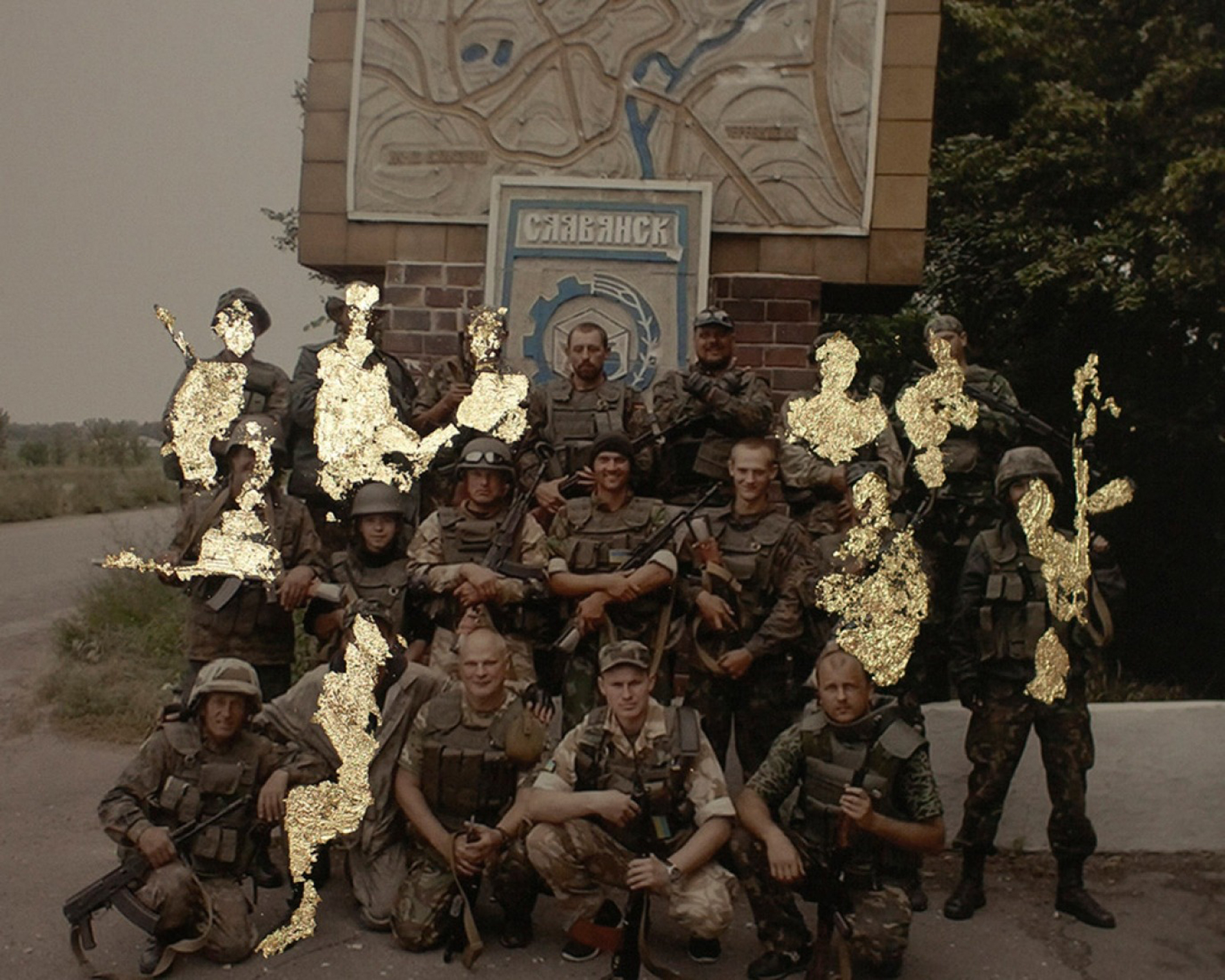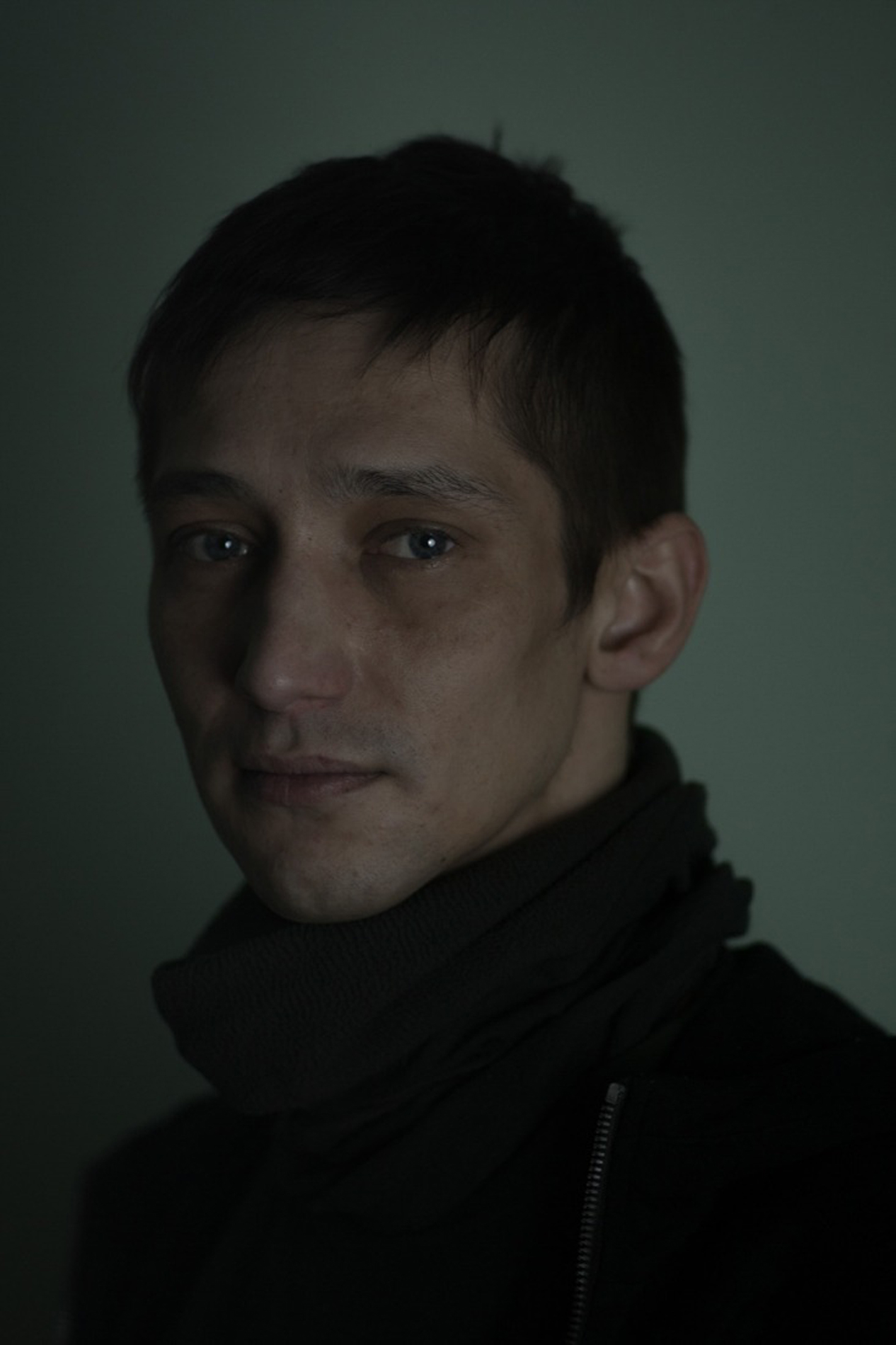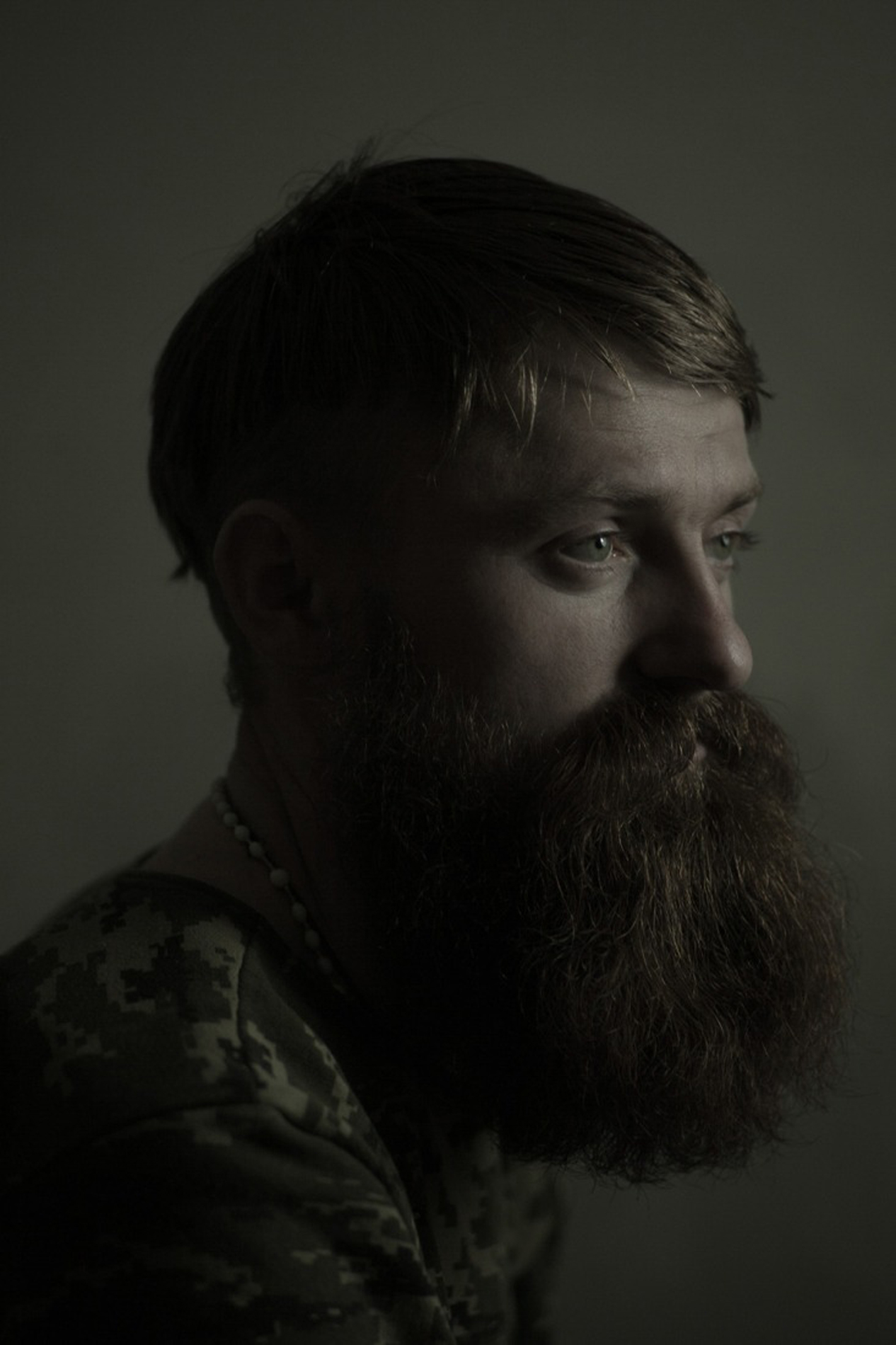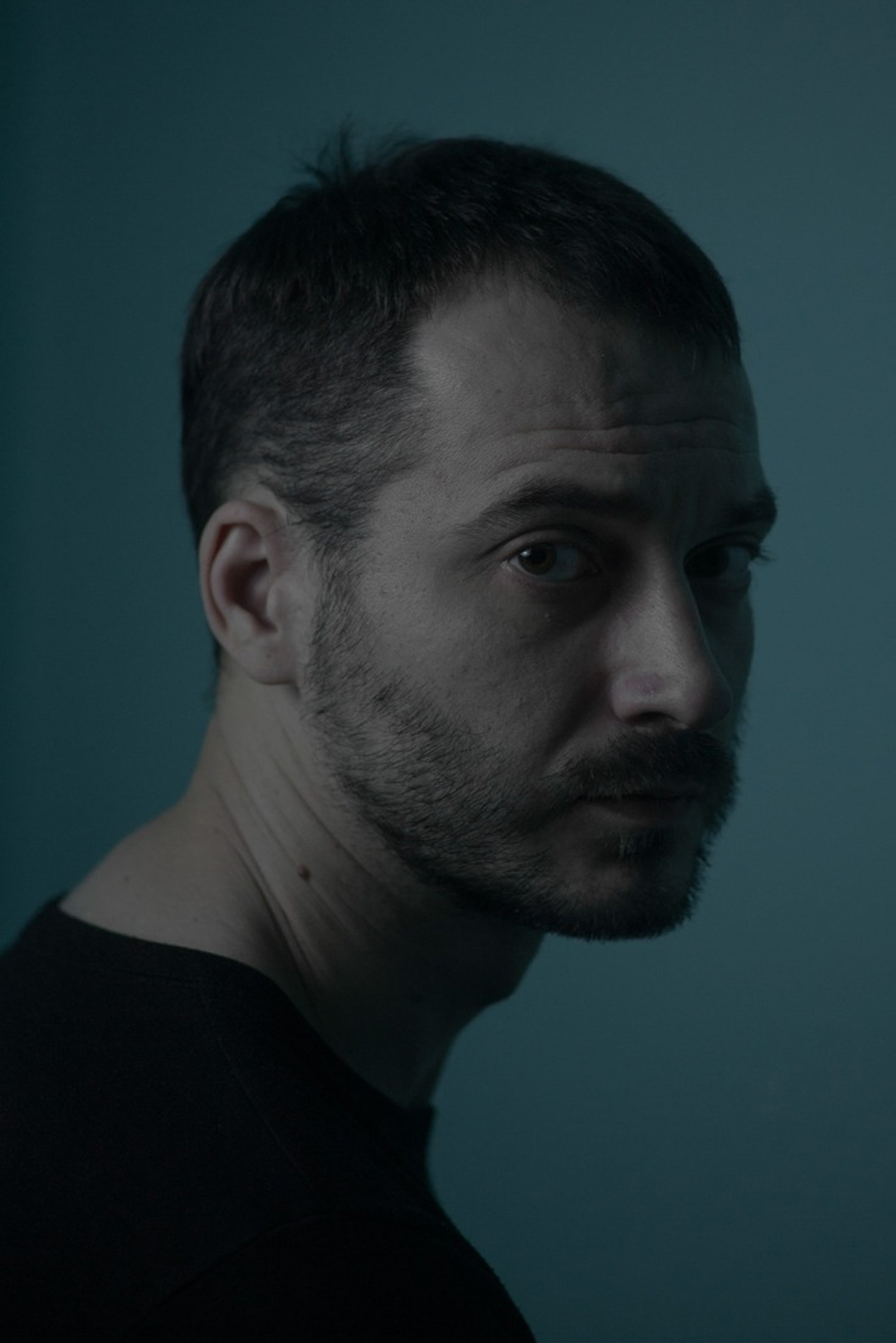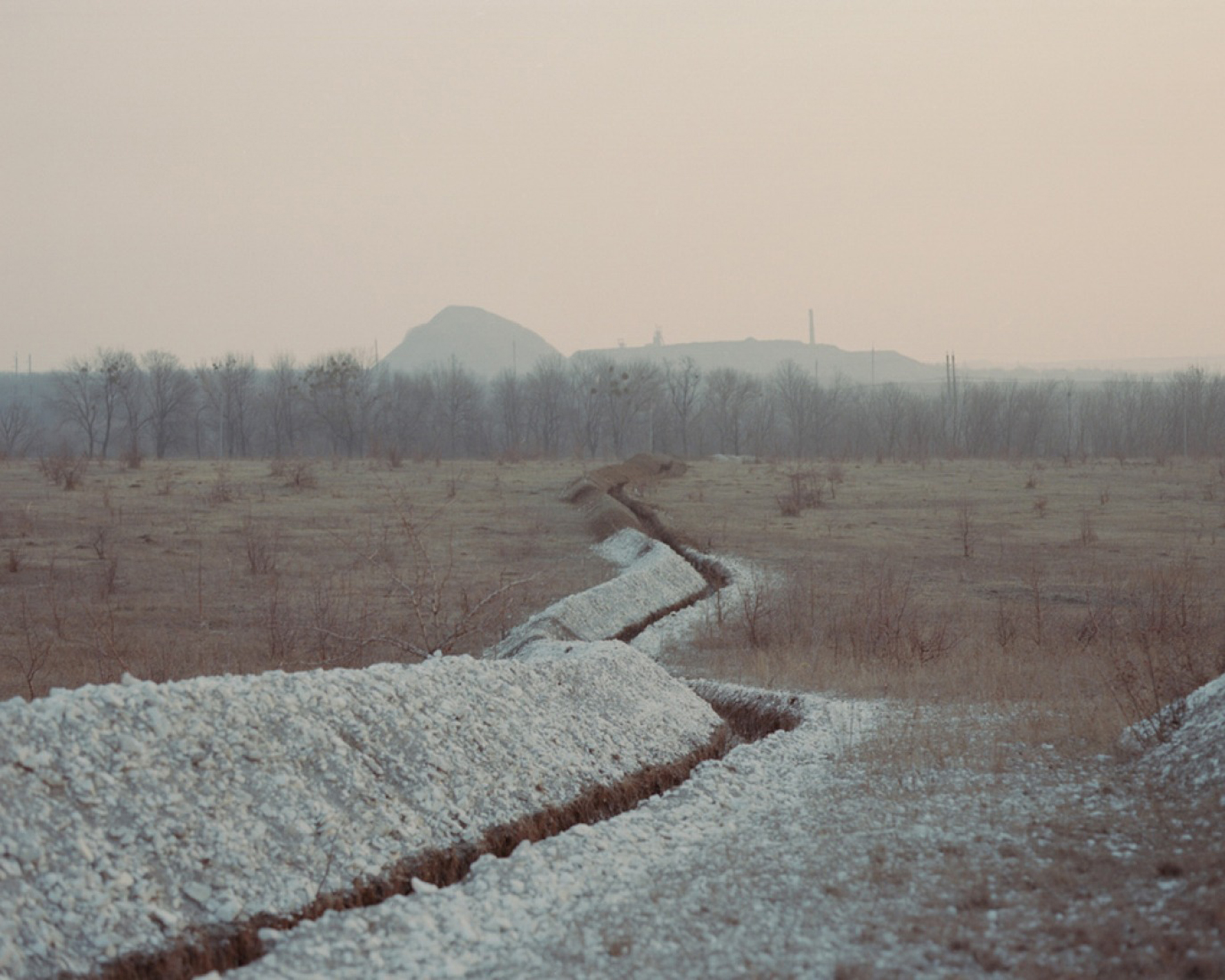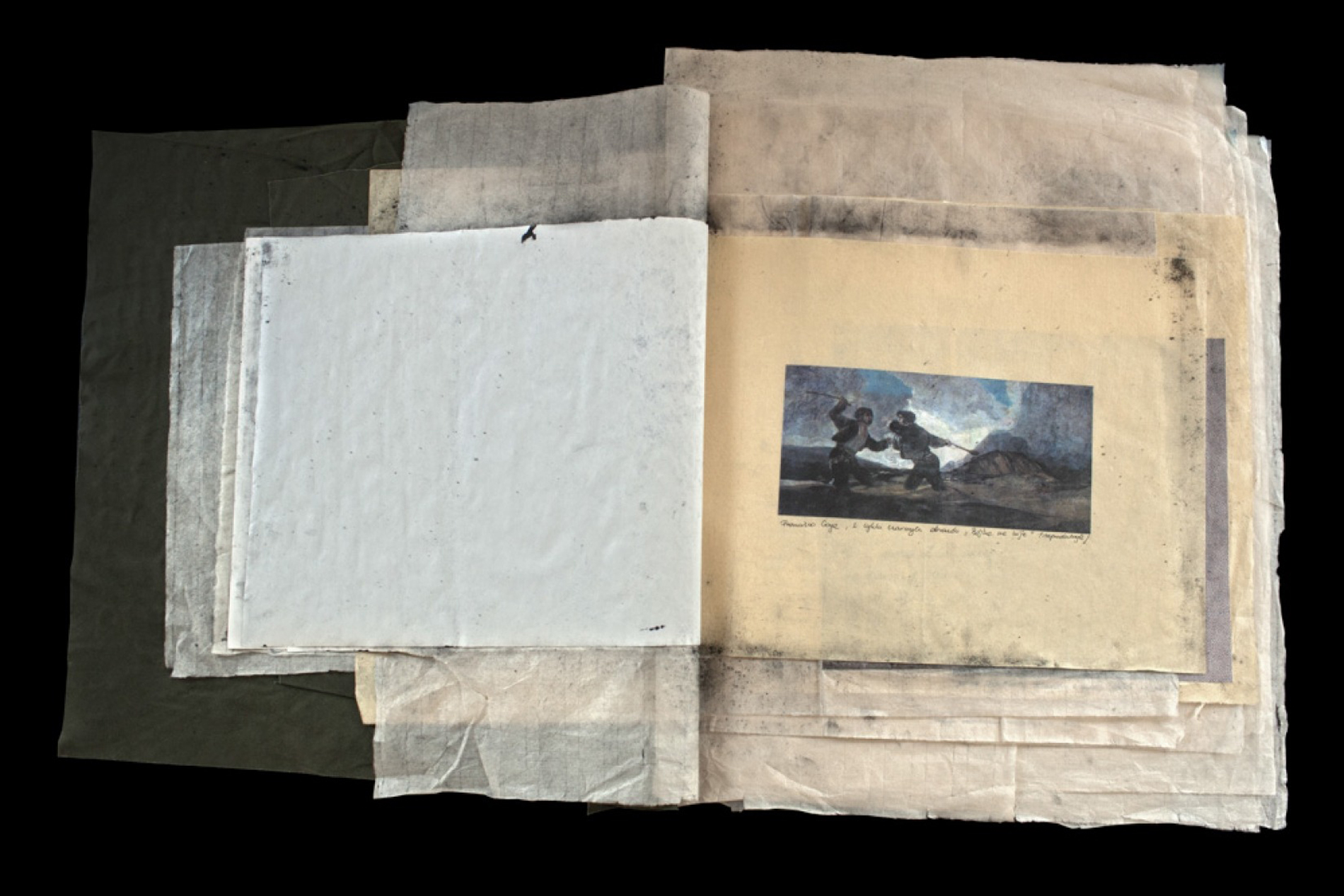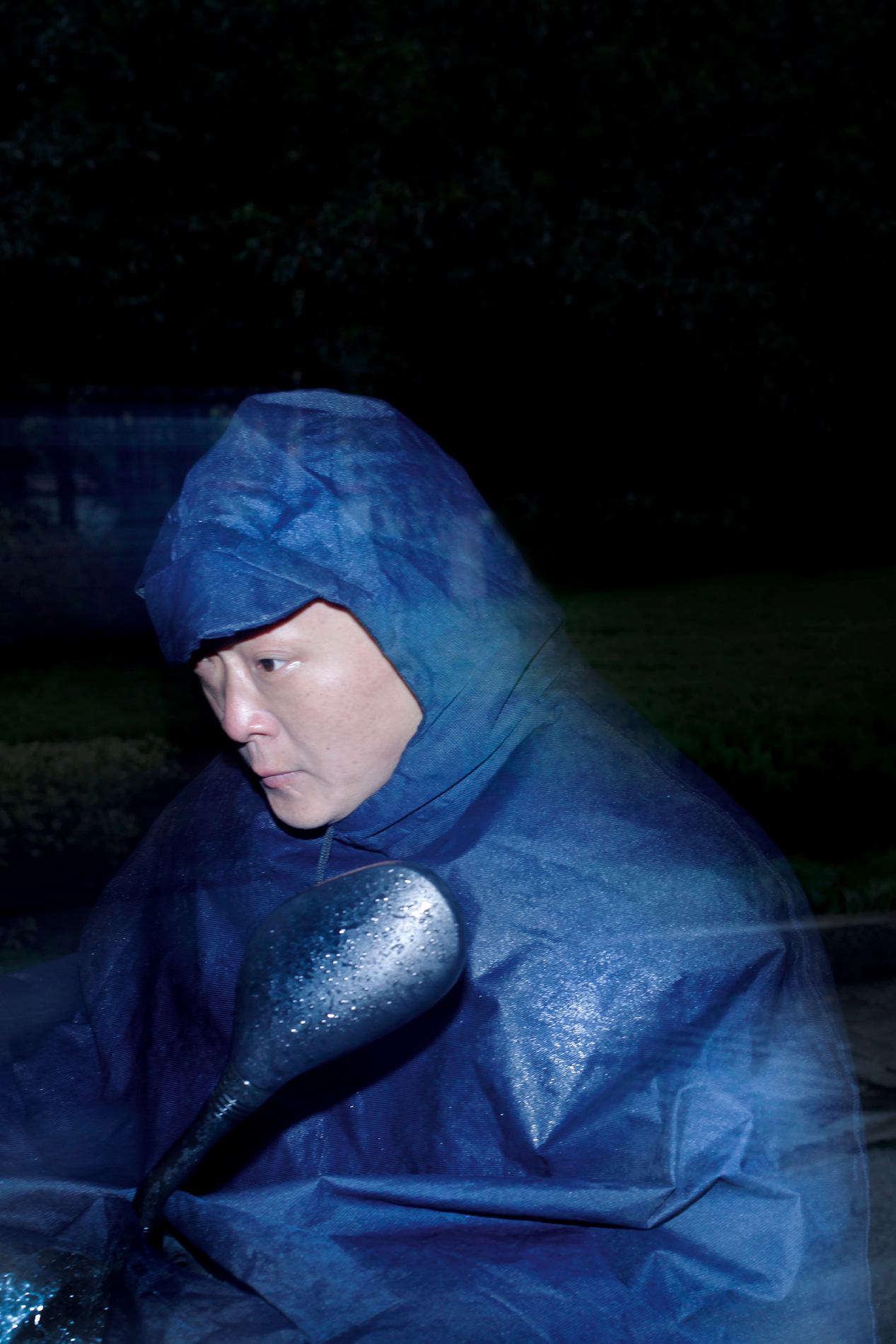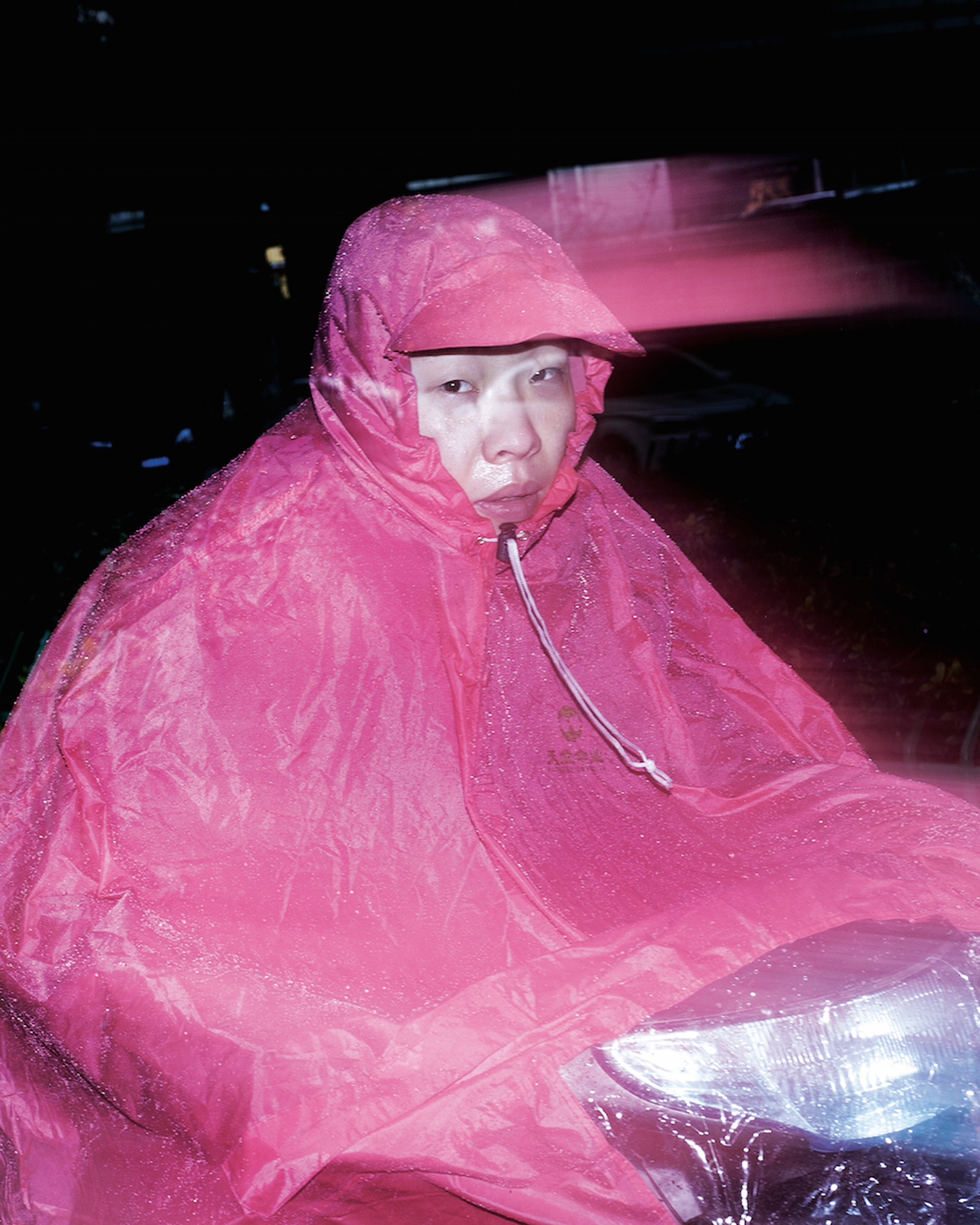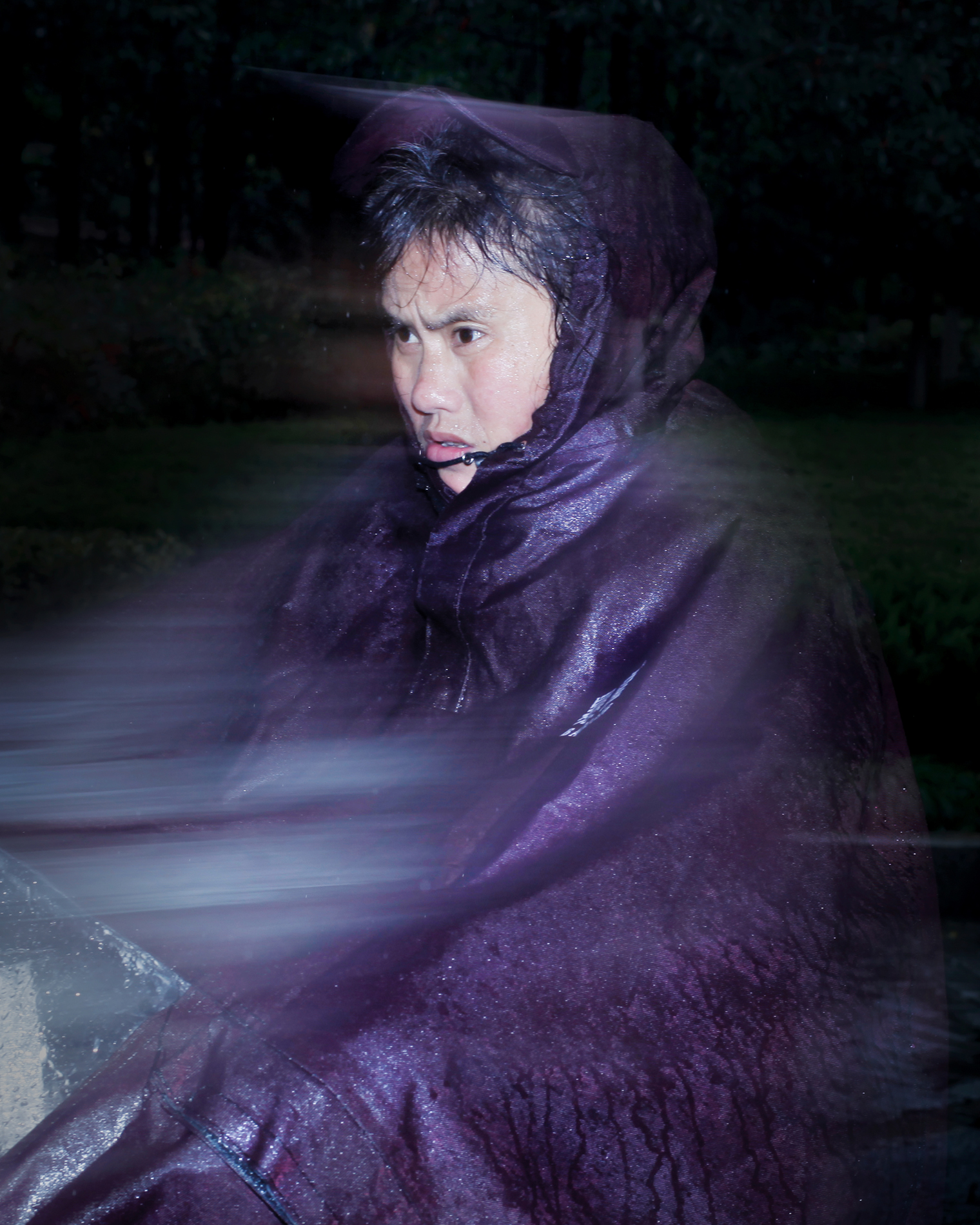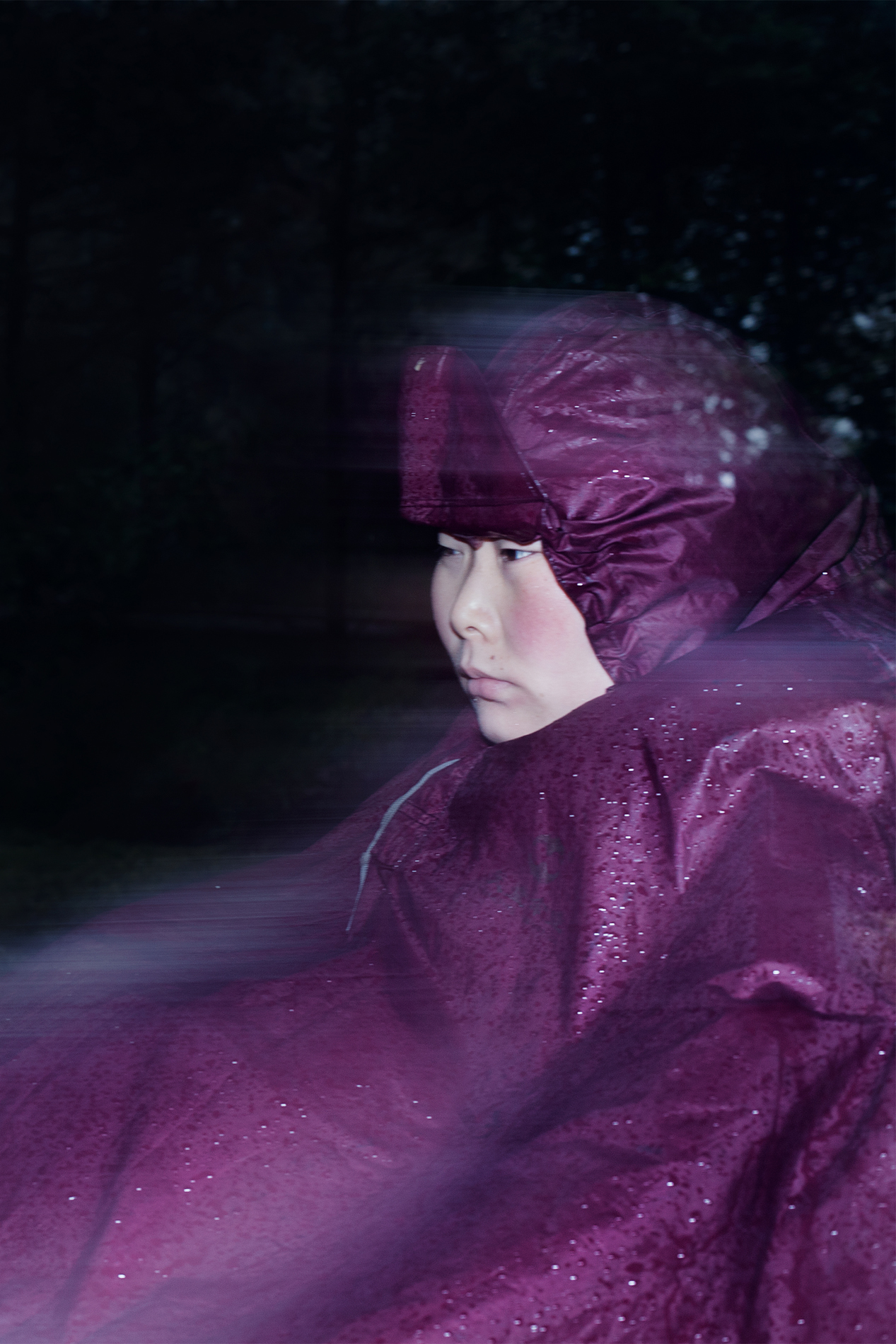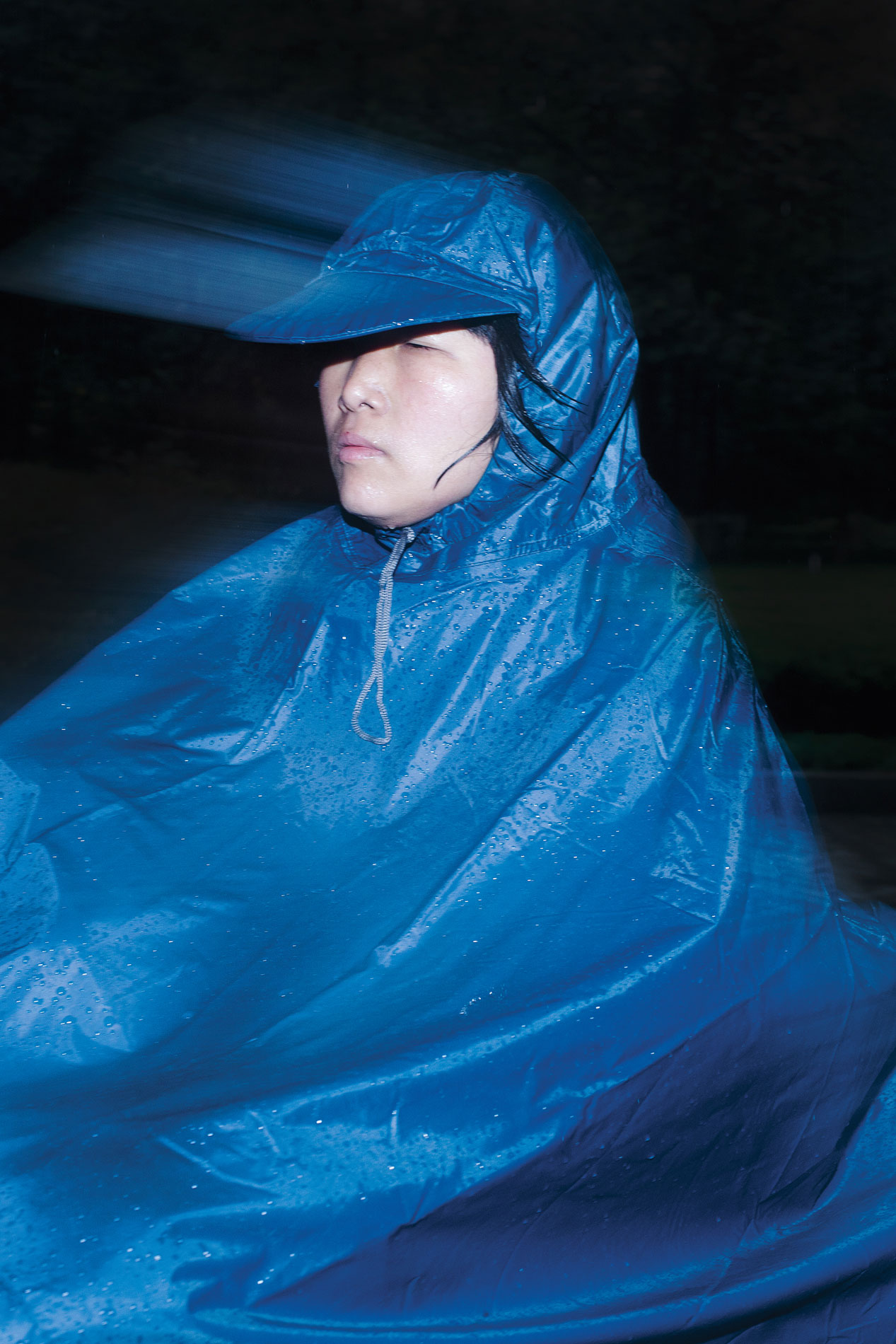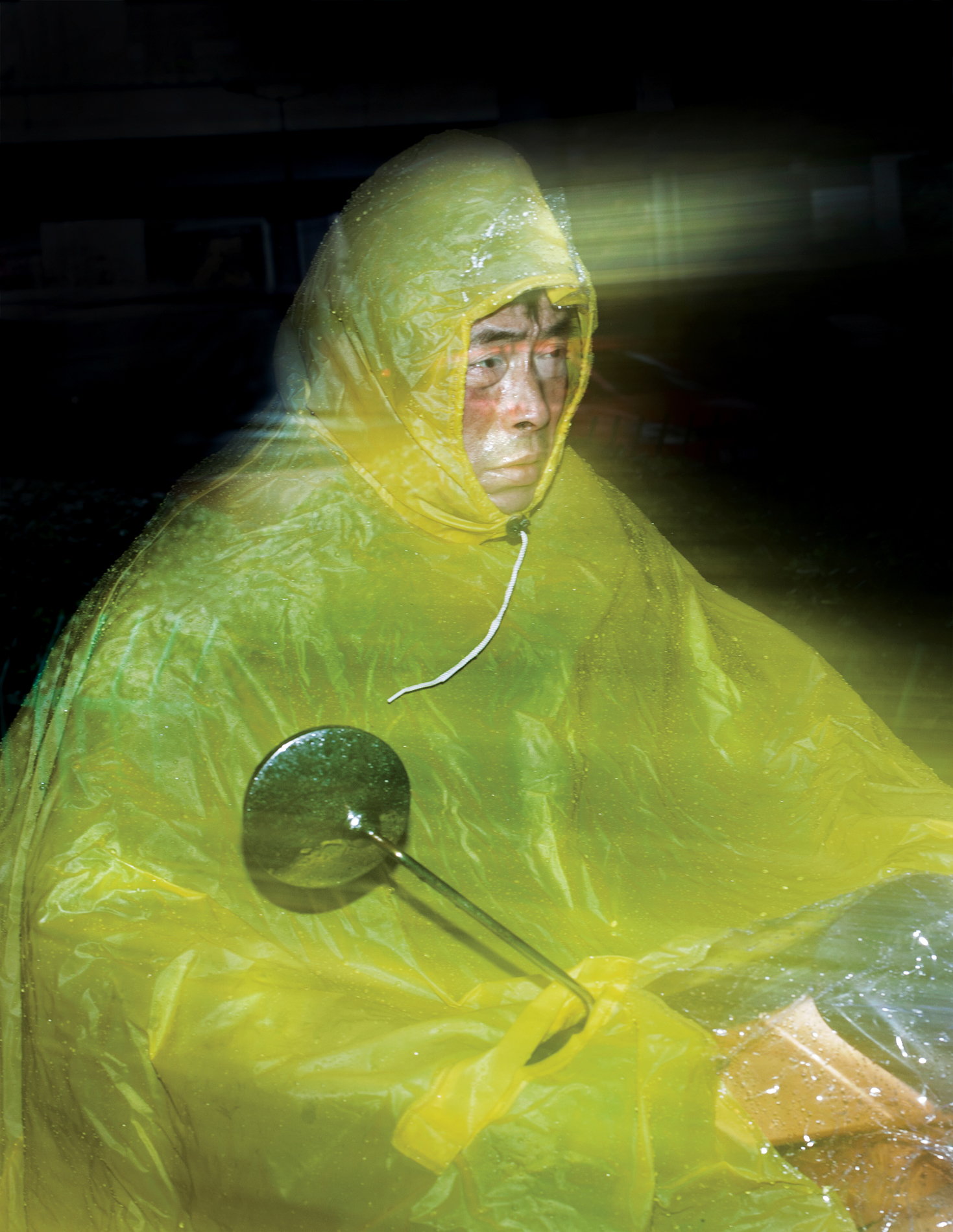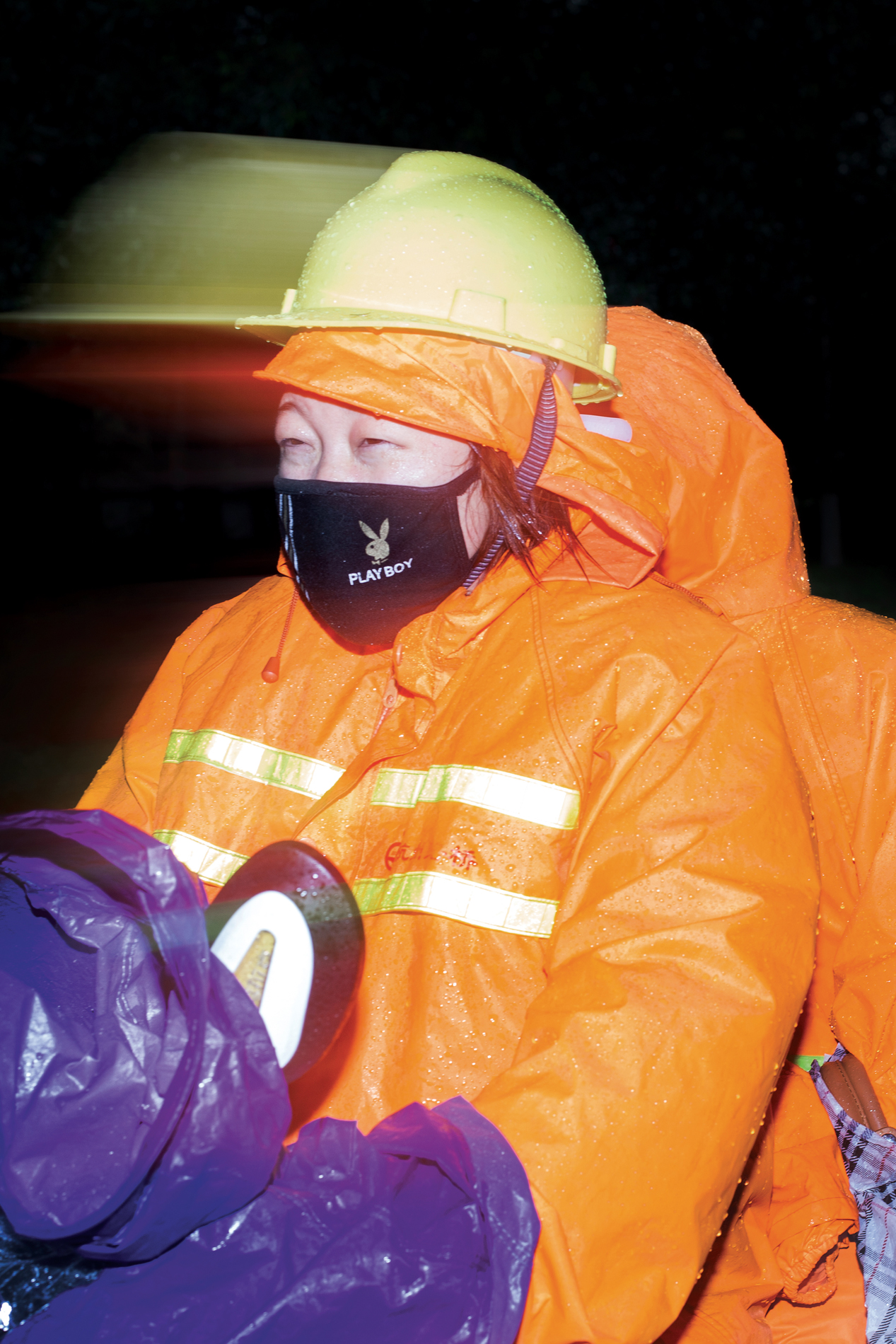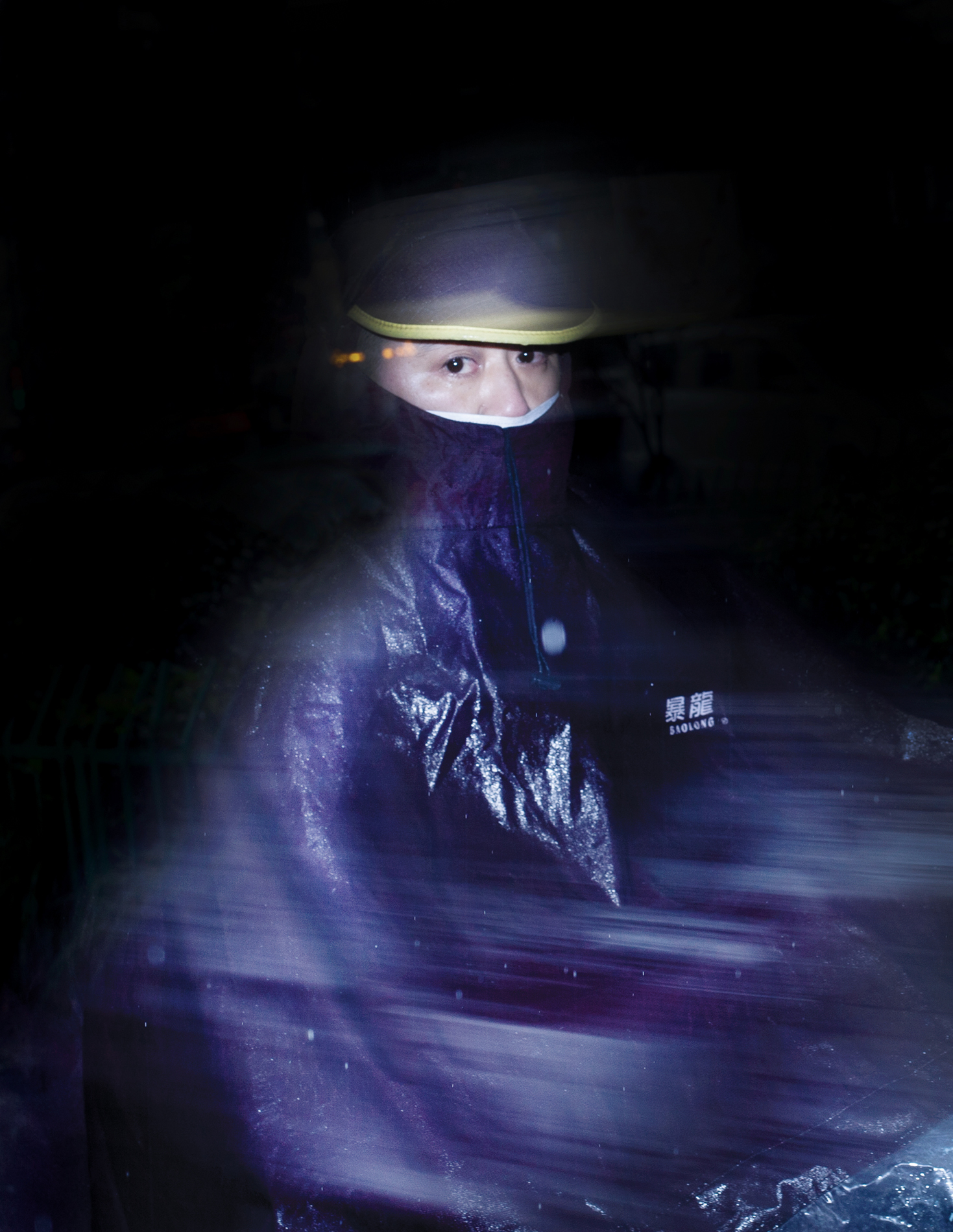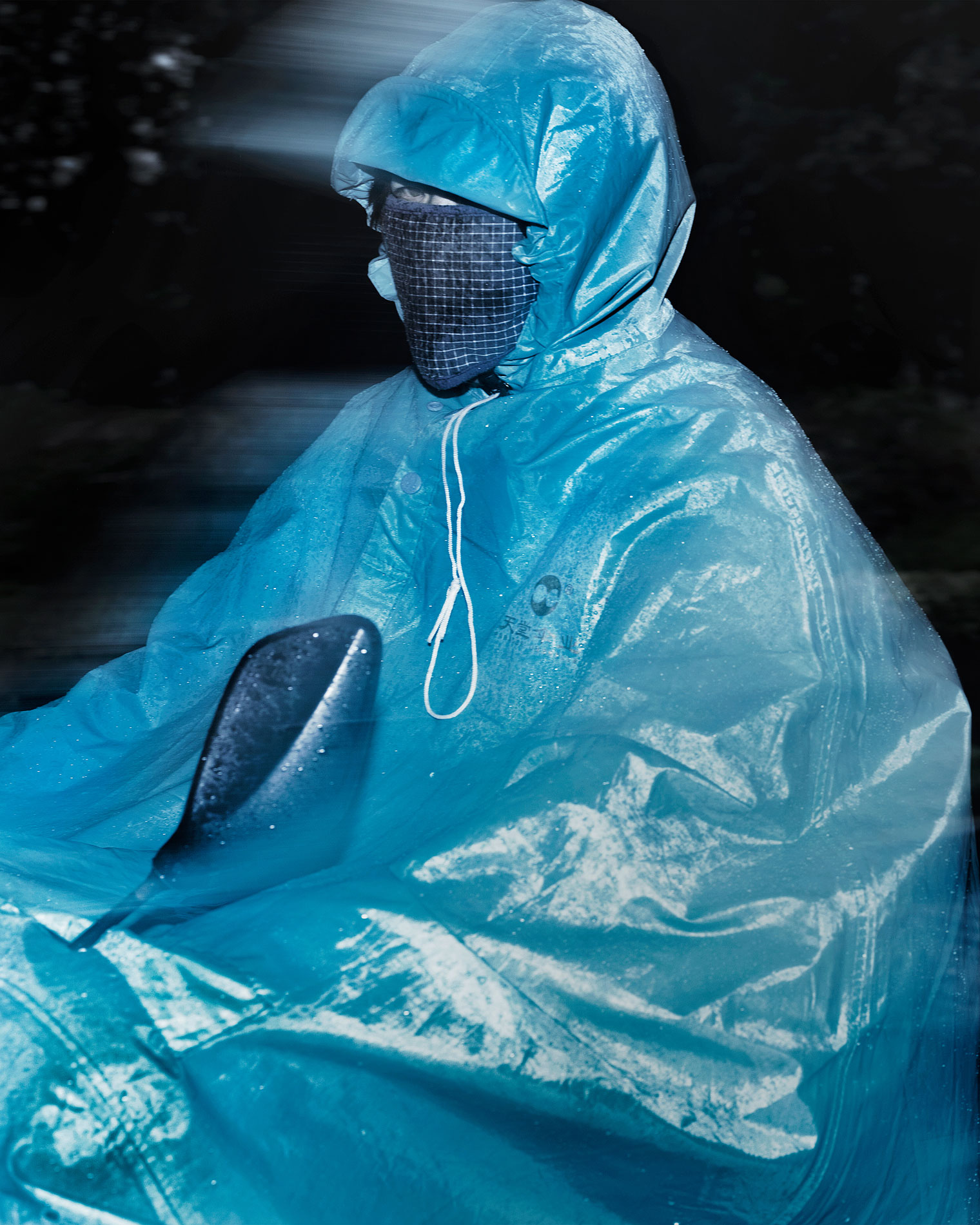Wiktoria Wojciechowska: the prolific Polish photographer capturing war, home and Chinese commuters
Meet the photographer discovering the world from Donbas to China through her camera
2017 has been a busy year for Wiktoria Wojciechowska; though, by photographers’ standards, it has been taken up by exhibitions rather than the on-the-ground shooting. From 2013 until recently, Wojciechowska, who is originally from Poland, was based between China and Ukraine. When I first meet her at Riga Photomonth at the beginning of the year, she was presenting Sparks, the culmination of one and a half years documenting the after effects of the ongoing war in Ukraine. People are what interests Wojciechowska, and one of the works in the exhibition, which has travelled to Poland, France and Iceland, is a video installation of soldiers having their hair cut by female volunteers at a local hospital. As the hair is shaved off, their scars are exposed to the public. The simplicity and symbolism of this had moved even the photographer herself, who’d arrived at the hospital without taking into consideration the physical scars left on the soldiers. Wojciechowska is equally interested in the psychological traumas these men carry with them. “Usually at a hairdresser you end up talking about things that are going on in your life. I thought it was an interesting way to frame the topic of war,” she explains.
Sparks takes a step back from the front lines, based on conversations the artist had with soldiers who had served in the war and returned. The idea was to talk to volunteers and conscripts — men who had never fought before — to ask them about their experience and take their portraits. She first travelled to Ukraine, solo, at the end of 2014. Some of the soldiers featured in the project she met only once, others she visited several times over the duration of the project. They would tell her their stories from war, stories they had not disclosed to their own families. “It’s easier to look at things through the camera than to look with your own eyes. I think people who photograph difficult subjects find it easier to face them with a camera.” The camera was not the only thing that proved helpful. “I think it was easier for me as a woman to talk as I wanted to talk with them, about emotions, about experience, about things which are quite sensitive. At the same time, I was not their wife, their girlfriend, their child. So they didn’t have these borders to not tell me things because so much of the time they were hiding so much information that’s perhaps too sad or too violent.” As they talked she would try to capture something of their memories in the briefest flicker of expression on their faces. “The conversations were still sometimes difficult,” she says, “but I also felt they wanted to talk, they really needed to tell their stories.”
“Sometimes it’s just something I have in my hands. The most important thing is when I am talking to people and they are telling me things”
Wojciechowska is inquisitive; she’s likely to ask you first about yourself. The camera plays a secondary role in her creative process. Perhaps one reason she’s drawn to psychological portraits is because each of her projects arises from her own inner conflicts, as well as disseminated by the media. Looking back at past series, she says: “It’s all connected to fear, and the feeling that I need to shake it off and fight it. Not the kind of fear that’s connected with adrenaline, but the opposite, the fear and anxiety which makes you curious to try and get to the heart of the matter, to try to tell whole story” — whether this be a mounting anxiety over an increasingly unreported war or the benign worry that comes with travelling somewhere new.
One of her first series, Own Place, produced during her time studying at the Academy of Fine Arts in Warsaw, was about the experience of moving away from home and realising your new surroundings are not all you expected them to be. The series, which won the Photo Diploma Award in 2013, is divided into two sets of images — of suburban houses shot after dark and melancholy portraits that appear to be photographed through a window. Speaking about the period when these images were taken, she admits: “Each day was spent going to school in the morning, coming back in darkness and working on a project for the next day. I felt lonely. The houses in the project are the houses I would pass on a bus back to Lublin every Friday. I remember looking at the houses and feeling that I miss that space that you can call your own, where the windows are bright, and someone is waiting for you.” The very act of realising that project helped her to face herself, to connect with people and realise that “home” is perhaps more of a phenomenon than an actual space.
Not long after, Wojciechowska found herself even further from home, on a residency in Beijing which, though it turned out to be a productive time in the photographer’s career, was also deeply alienating. She returns to the topic of home in Here live only sparrows, a series that looks at a period in the 1950s when Chairman Mao Zedong called for the extermination of all sparrows (blamed by the government for an ongoing famine) and the destruction of hundreds of homes in today’s China. It was at the very beginning of her time in China, arguably when the photographer was most disconnected from her surroundings, that she produced her best known and unexpected works, her photographs of Chinese commuters cycling during typhoon season. What drew her to photograph the strangers speeding past her was the sense of familiarity with their expressions. This was the closest she got to feeling at home. “I think I was overwhelmed by the pressure of trying to understand everything in China: the people, the culture, the history, especially when propaganda is still very present. My aim is always to get to know people and confront my own preconceptions of that person or place.” Much of the time when we look at photographic portraits they are more than documents. The portraits in Short Flashes are no different to the portraits in Sparks. Whether it’s a millisecond of human interaction or many months of recording interviews, Wojciechowska’s portraits always go deeper, trying to capture something that seems almost improbable.
Her latest project, The Path, currently on show at Galeria SalonAkademii in Warsaw, is a film that tells the story of a region between France and Italy through the people she meets while travelling there: a shepherd, a ticket controller, a botanist, a mountain guide, a singer from Sudan and many more. “I started to meet people, on the train and on the road, without ever knowing what the story would be. I discovered that the place I’d been travelling though had been a crossroads in one way or another, for merchants, wanderers and even refugees from the Second World War.” The idea for the project unravelled by coincidence, and Wojciechowska wanted to reflect this in her filmmaking. Each person we meet builds a greater understanding of this place, from it’s history to its role in the current global refugee crisis. “Every character in the movie is equally important,” says the artist. As in her past series, The Path highlights how we can learn a lot from everyday conversations with strangers. “I prefer this part of the work, meeting and talking to people, perhaps more than the next part, which is editing. When I am on the road is when I feel happiest.”
Text: Liza Premiyak
